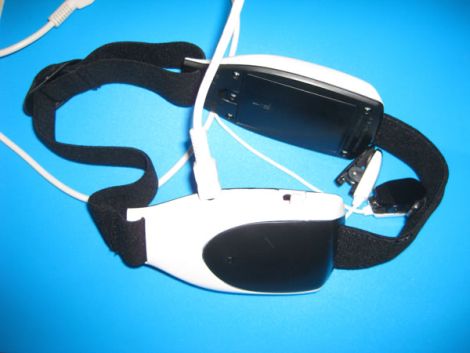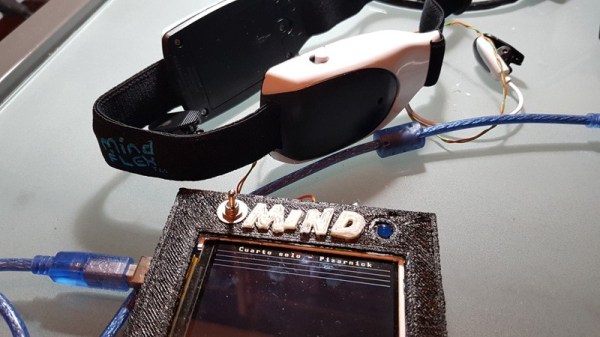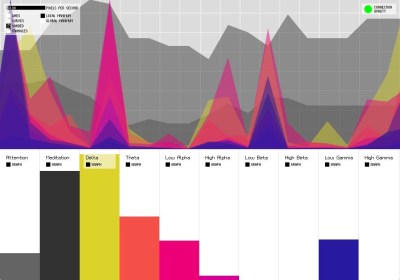
[Paul] really wanted to know what his brain was thinking.
No, really. He is aware of all the thoughts that come and go, but he wanted to know what was going on in his brain below his conscious thought stream. Armed with a MindFlex headset and a Teensy, he set out to decode what really was going on inside his head.
He spent a month crawling 35 million Google profiles, downloading each user’s pictures into a MySQL database. The Teensy was attached to the MindFlex sensor board, and collects all of the headset’s output over a serial connection.
His experiment consisted of flashing each of the profile pictures on his monitor for one second, recording 2 of the 11 available brainwave channels from the MindFlex. These values were then plotted out so that he could visualize the “Attention” and “Meditation” values captured by the headset. At the end of the day he discovered, interestingly enough, that looking at dogs relaxed him the most!
We would love to see what correlations could be drawn from his collected data, and what sorts of “hidden” thoughts are coursing through others’ brains. It could certainly end up being a double-edged sword, uncovering subconscious biases and other such things, but it’s an incredibly intriguing experiment to say the least.
Be sure to check out the video below of the experiment in progress.
Continue reading “MindFlex Watches As You Judge Others By Sight Alone”


















